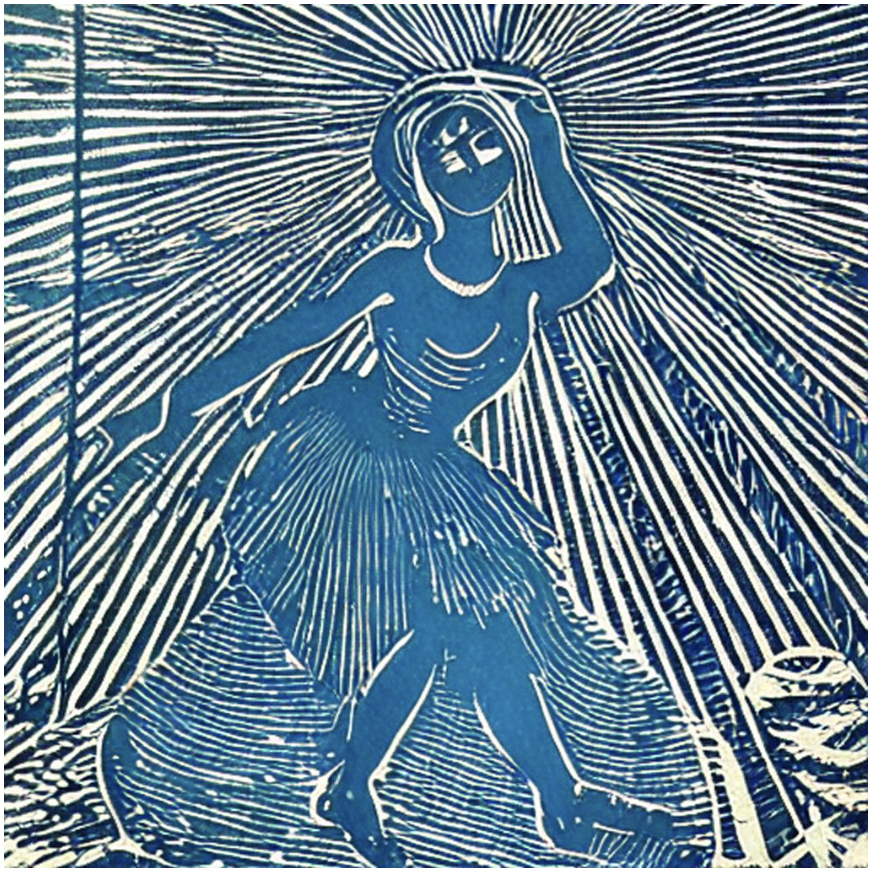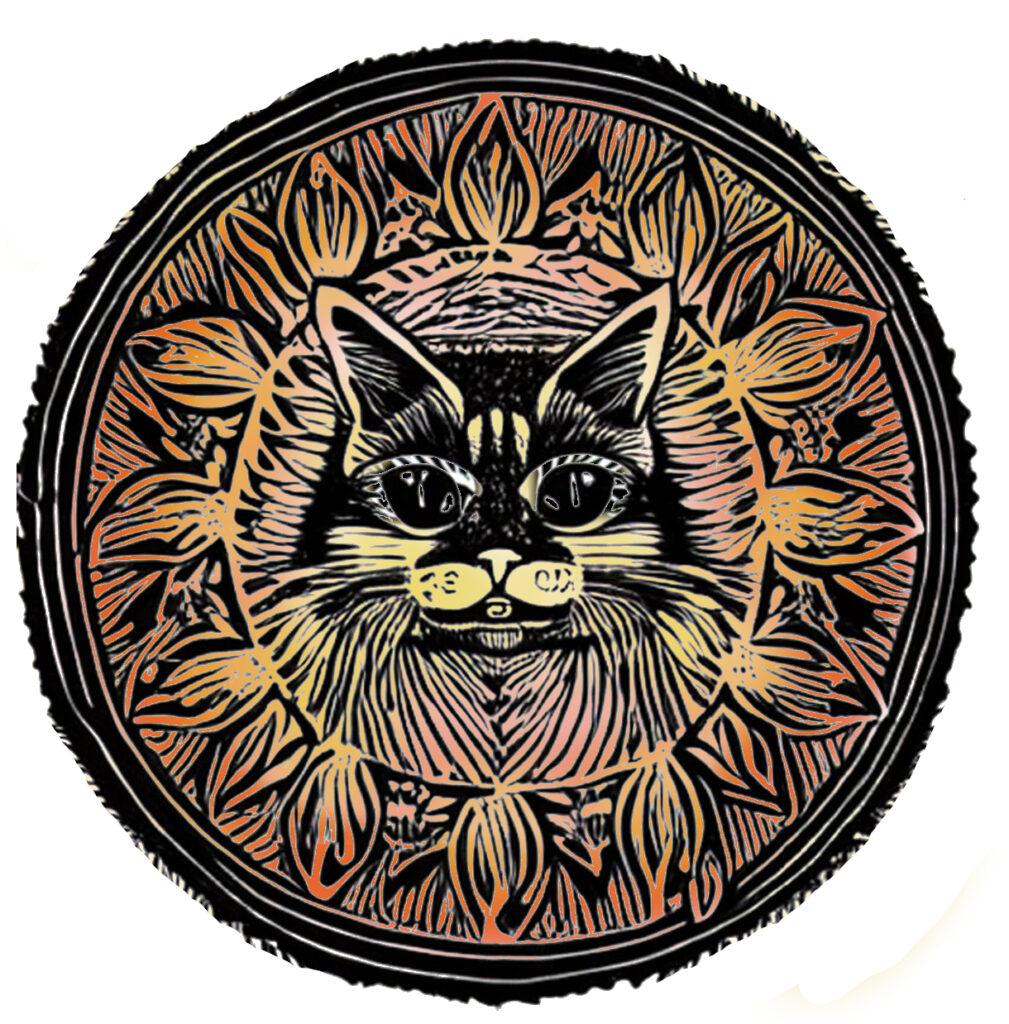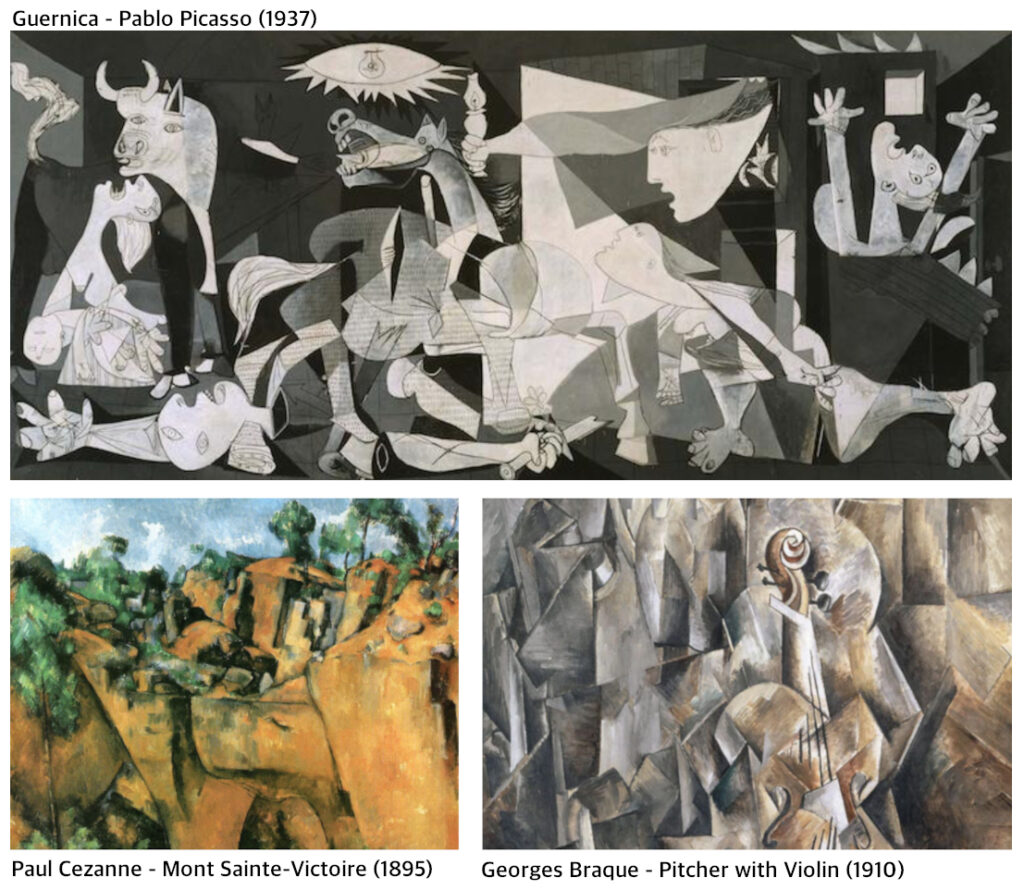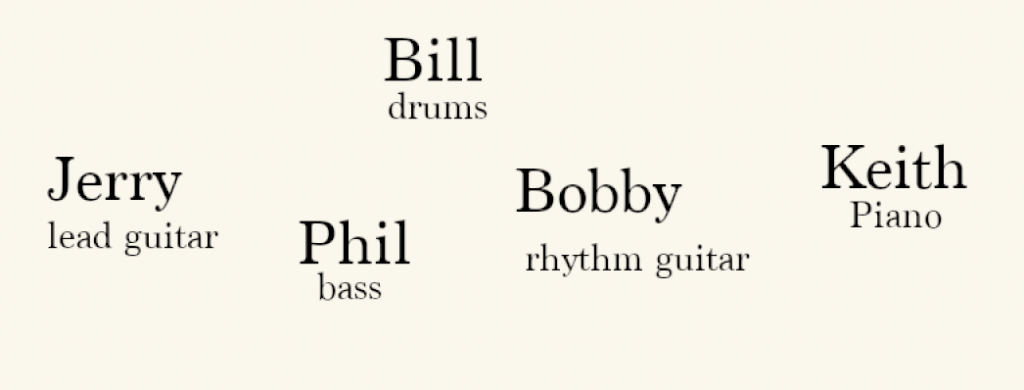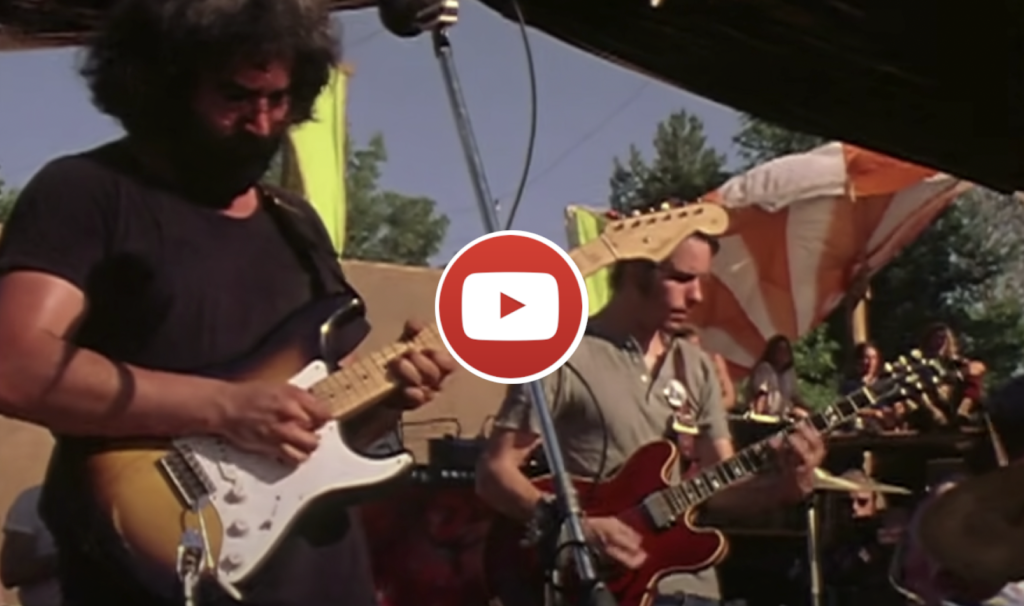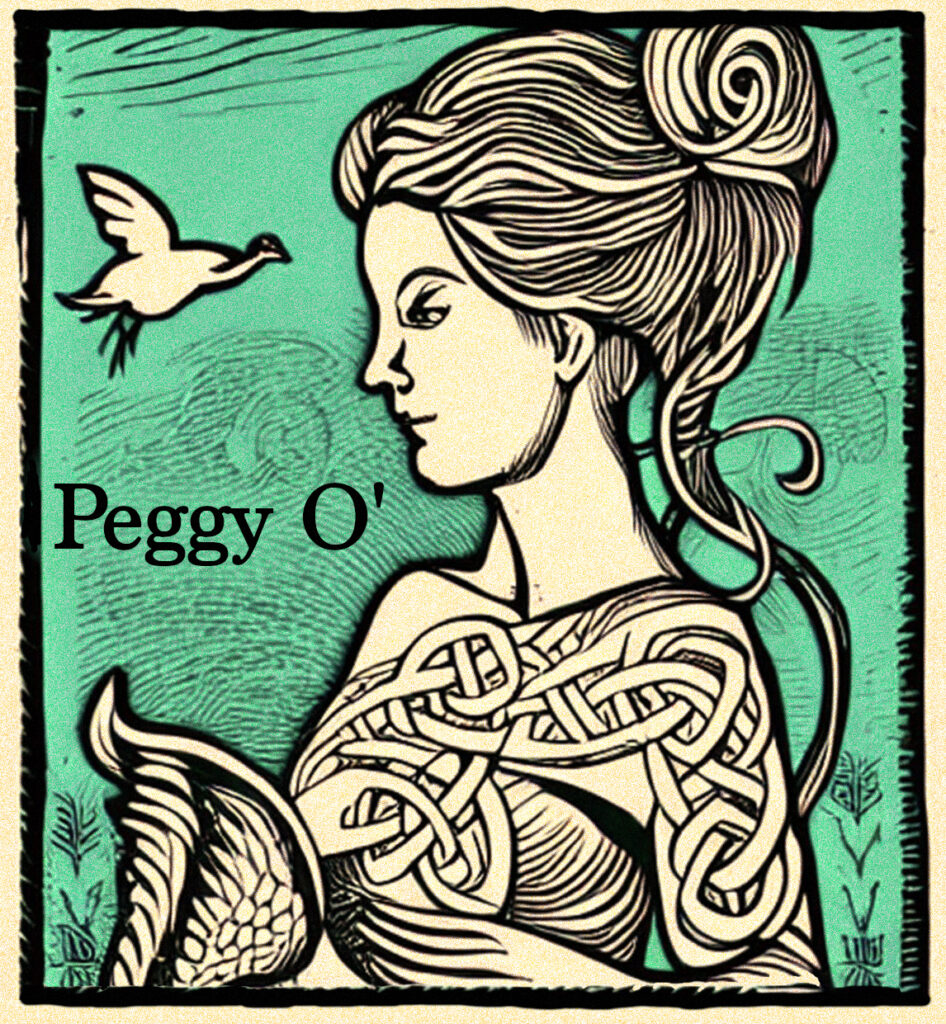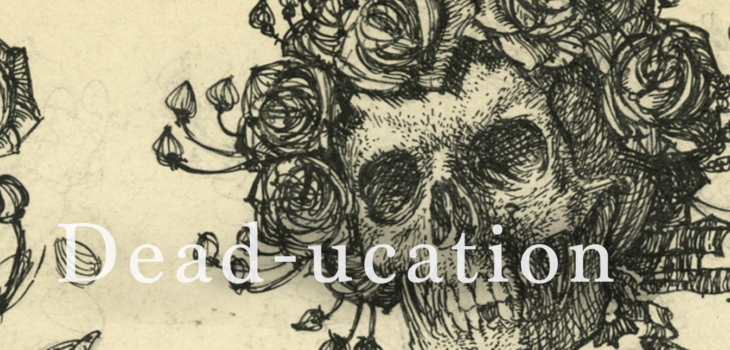
Brown Eyed Women
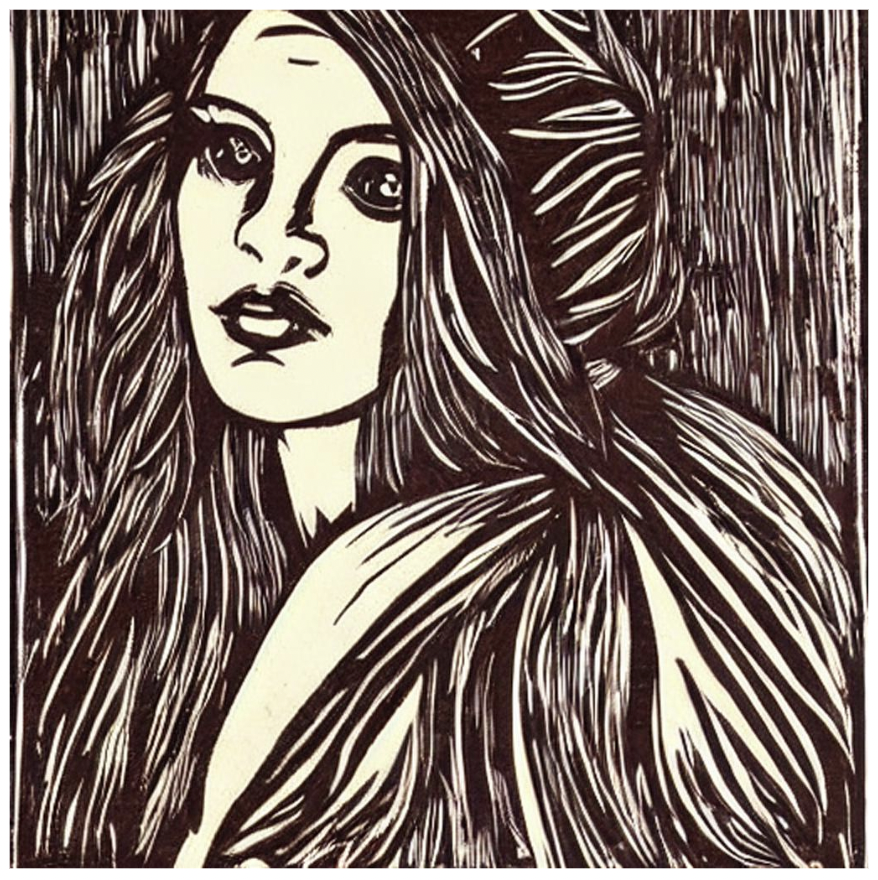
A few years back I went on a hunt to find the perfect Brown Eyed Women. After spending evening after evening listening to every version I could find I had come to a conclusion, and without further ado, here was my write-up that I posted on headyversion.com
*****************************************************************
The 11/4/77 Brown Eyed Women starts with purpose, with all the first staccato notes hit flawlessly. The tempo is not quite as bright as 5/8/77, but what sets this version apart for me is Jerry’s solo. To put it in context you need to listen to the evolution of the BEW solos through 77. In March there were a bunch of ideas, but they were disjointed and tentative, basically Jerry exploring patterns. April started to see some cohesion. By May, things were firing on all cylinders and no doubt beautiful, and 5/8/77 proves this. The 5/4/77 and 5/9/77 solos are also solid and hint to the future. But by 10/2/77 something new happens, the solo starts to sound, to my ears, like a well-crafted short story. If 10/2/77 is a short story, 11/4/77 is the full length feature. Listening to it I feel as though I’m walking down an autumn leaf covered trail with an old friend who is telling me a how he just met the most beautiful woman, and I can hear in his voice that he can barely contain his joy. Everything is vivid, it’s all the best of Jerry’s early 77 ideas, plus new ones flawlessly woven into one. Every note has purpose and meaning and vibrancy. The syncopated descending run in the final pass sprouts unexpectedly out of thin air and as quickly as it materializes it resolves with a decisive and creative conclusion. The 11/4/77 solo is the culmination of many BEWs and a brilliant work of art, a true gem.
Which is better, 11/4/77 or 5/8/77? One is a Safire the other a Ruby. I don’t think it’s fair to say. Enjoy the beauty of both. But for me 11/4/77 just makes me feel good down deep.
11/4/77 – Cotterell Gym – Colgate University
5/8/77 – Cornell
10/2/77 – Paramount Theater
